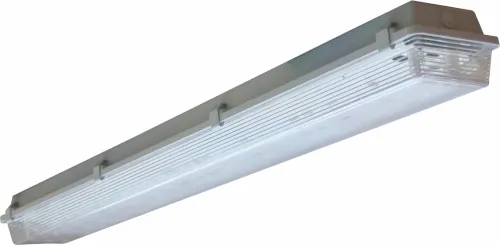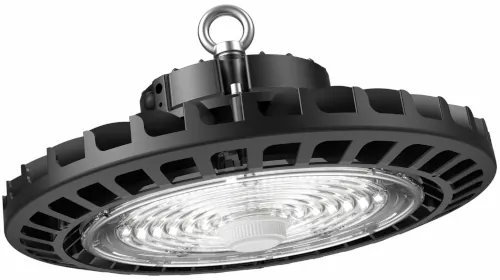HAZARDOUS AREA LIGHTING
NOTE-Hazardous area classification and zoning are complex and technical subjects, and it is advisable to seek the assistance of a hazardous area specialist to ensure compliance with the relevant standards and regulations. Our team of specialists can assist you with your zoning requirement.
A hazardous area is a location where flammable gases, liquids, dusts, or fibres are present, and there is a risk of fire or explosion. Hazardous areas are commonly found in industries such as petrochemical, oil and gas, mining, chemical processing, and others where flammable gases, liquids, dusts, or fibres are present. Examples of hazardous areas include inter alia, oil and gas production facilities, refineries, chemical plants, gas processing plants, loading docks, pump rooms, grain storage facilities, flour mills, woodworking plants, spray paint booths and most factories flammable stores.
For lighting in hazardous areas, the following factors must be considered to ensure the safety of the area.
- Gas and Dust Group: In hazardous areas, gases and dusts are classified into different groups based on their properties, such as flammability and explosive potential. These classifications are used to determine the appropriate lighting fixtures, electrical equipment, and other devices that can be used safely in these areas.
- Temperature Classification: In hazardous areas, temperature rating refers to the maximum temperature that a particular piece of electrical equipment or instrumentation can reach without causing the surrounding flammable material to ignite or explode. The temperature rating of a hazardous area is important because it helps to determine the type of equipment that can be safely used in that area.
- Ignition Protection: Ignition protection refers to the methods and techniques used to prevent the ignition of transfer of energy of flammable gases, vapours, or dust in hazardous areas. In the context of lighting fixtures used in hazardous areas, ignition protection is necessary to prevent sparks or arcs that could ignite the flammable substances in the surrounding atmosphere.
- Area Classification: Area classification is the process of identifying and defining hazardous areas in a facility where flammable gases, liquids, dusts, or fibres may be present, and assessing the likelihood of a hazardous event occurring. The area classification is based on the type and quantity of the flammable substances present, the ventilation in the area, and the frequency and duration of their presence. The area classification is used to determine the appropriate type of equipment that can be safely used in each classified area. In hazardous areas, it is important to ensure that all equipment, including lighting fixtures, are designed and tested to meet the requirements of the specific area classification.
Explosion proof Lighting fixtures are specifically designed for use in hazardous areas and to comply with relevant standards and regulations to ensure the safety of the area. In order to be compliant these lighting fixtures are subjected to extensive testing by accredited certification laboratories and are issued with certifications for the specific hazardous area that they can be utilized in.
In South Africa, the hazardous area zoning standards are based on the SANS 10108 and SANS 60079-10-1/2.
Zone 0: This is the most hazardous area, where an explosive atmosphere is present continuously or for long periods. This might include locations where highly volatile substances, such as gases or vapours, are handled or processed.
Zone 1: This is an area where an explosive atmosphere is likely to occur occasionally during normal operations. For example, this could include the area surrounding the opening of a tank containing flammable liquids.
Zone 2: This is an area where an explosive atmosphere is not likely to occur during normal operations, but where it may still occur infrequently or for short periods. For example, this could include areas where flammable dust is generated during material handling processes.
Zone 20: Is an area where a cloud of flammable dust is present continuously or for long periods. This might include areas such as grain silos, where dust is generated as a by-product of the stored material.
Zone 21: Is an area where a cloud of flammable dust is likely to occur occasionally during normal operations. For example, this could include areas around the opening of a container containing flammable powders.
Zone 22: This is an area where a cloud of flammable dust is not likely to occur during normal operations, but where it may still occur infrequently or for short periods. For example, this could include areas where fine powders are produced or handled during manufacturing processes.







